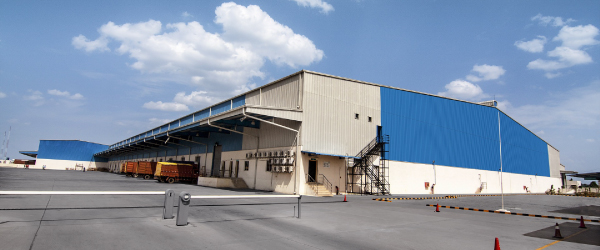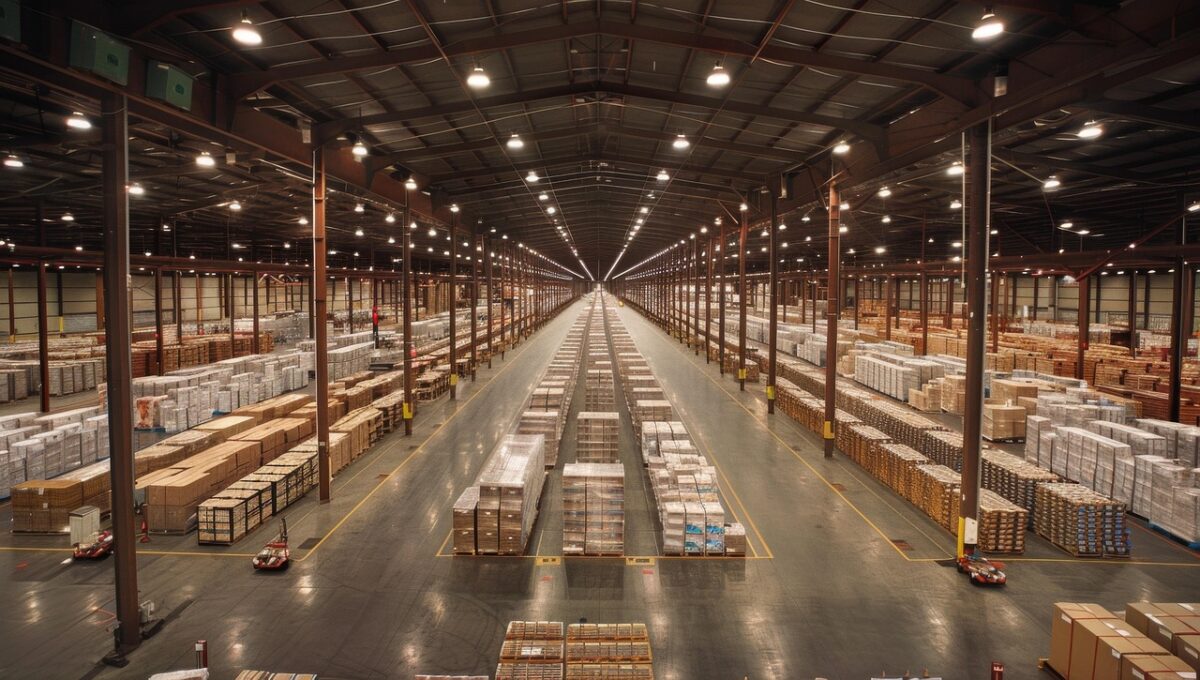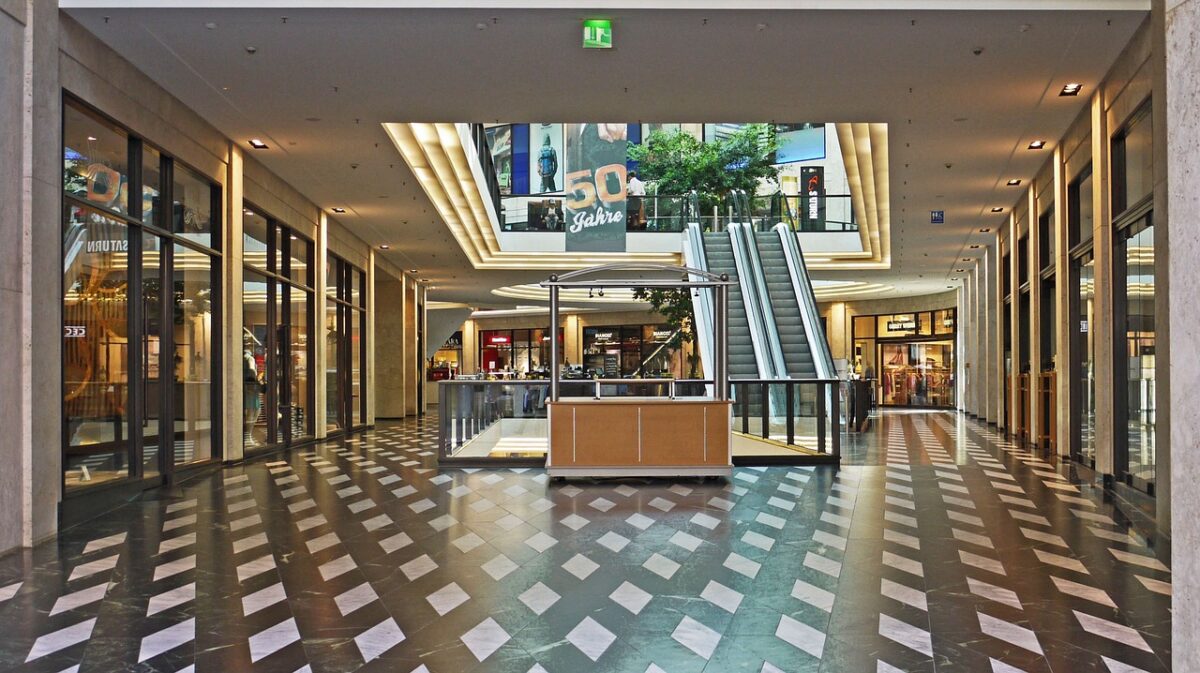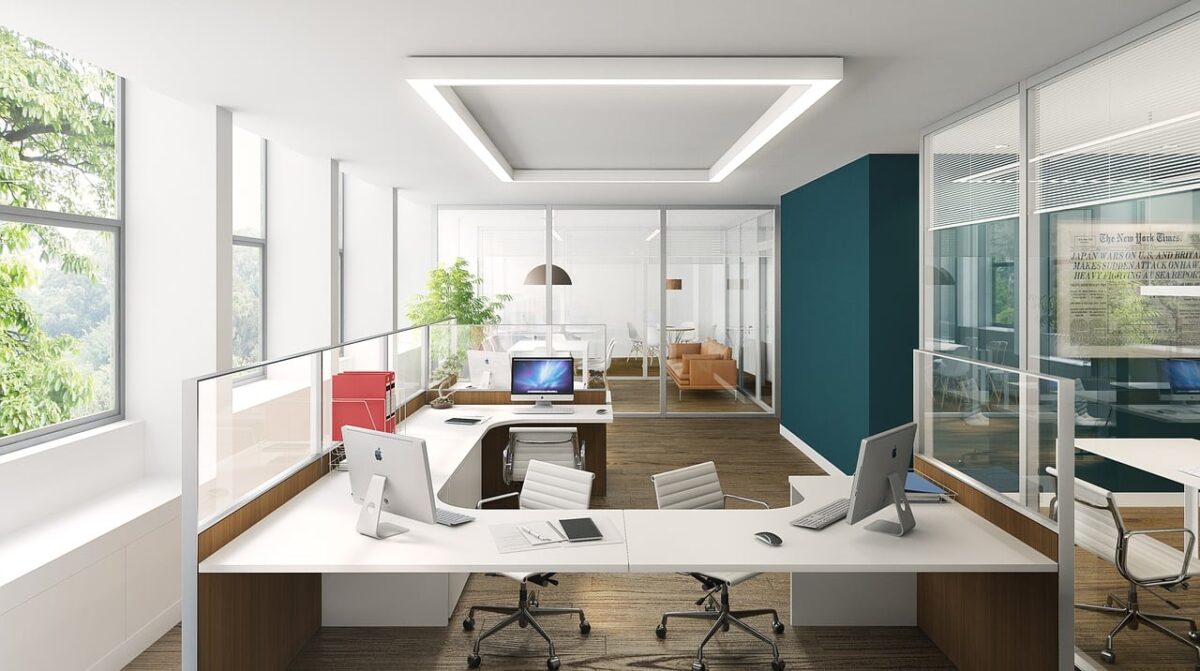By James A. Schnur, CCIM
President and Designated Managing Broker
Integrated Real Estate Solutions
LinkedIn
Interferences in the flow of goods from raw material through the entire manufacturing process to final delivery can produce distribution delays, higher costs, or merchandise shortages. These supply chain disruptions occur unexpectedly and affect industrial real estate demand as well. What are some of these common disruptions, the impact on industrial real estate demand, and strategies to mitigate the impact?
Continue reading “The Impact of Supply Chain Disruptions on Industrial Real Estate Demand”









